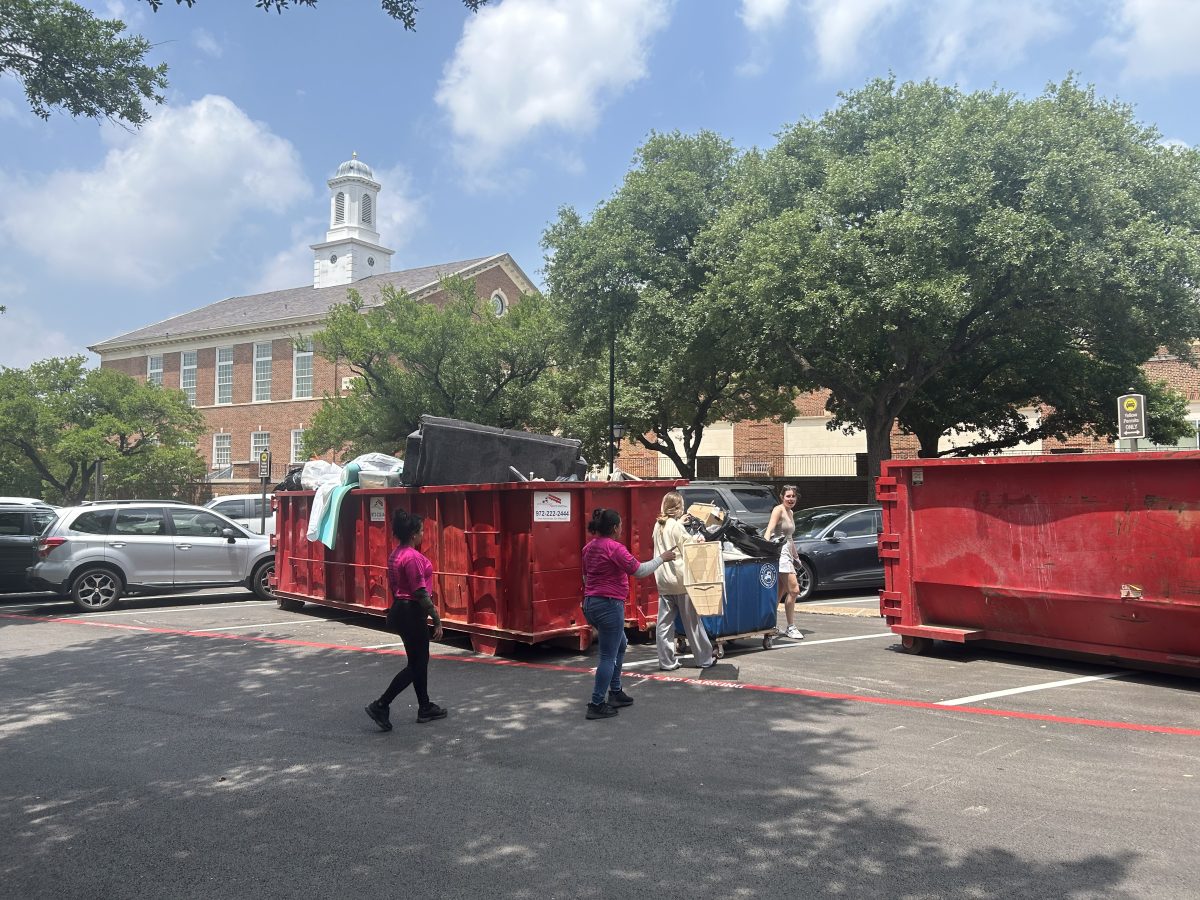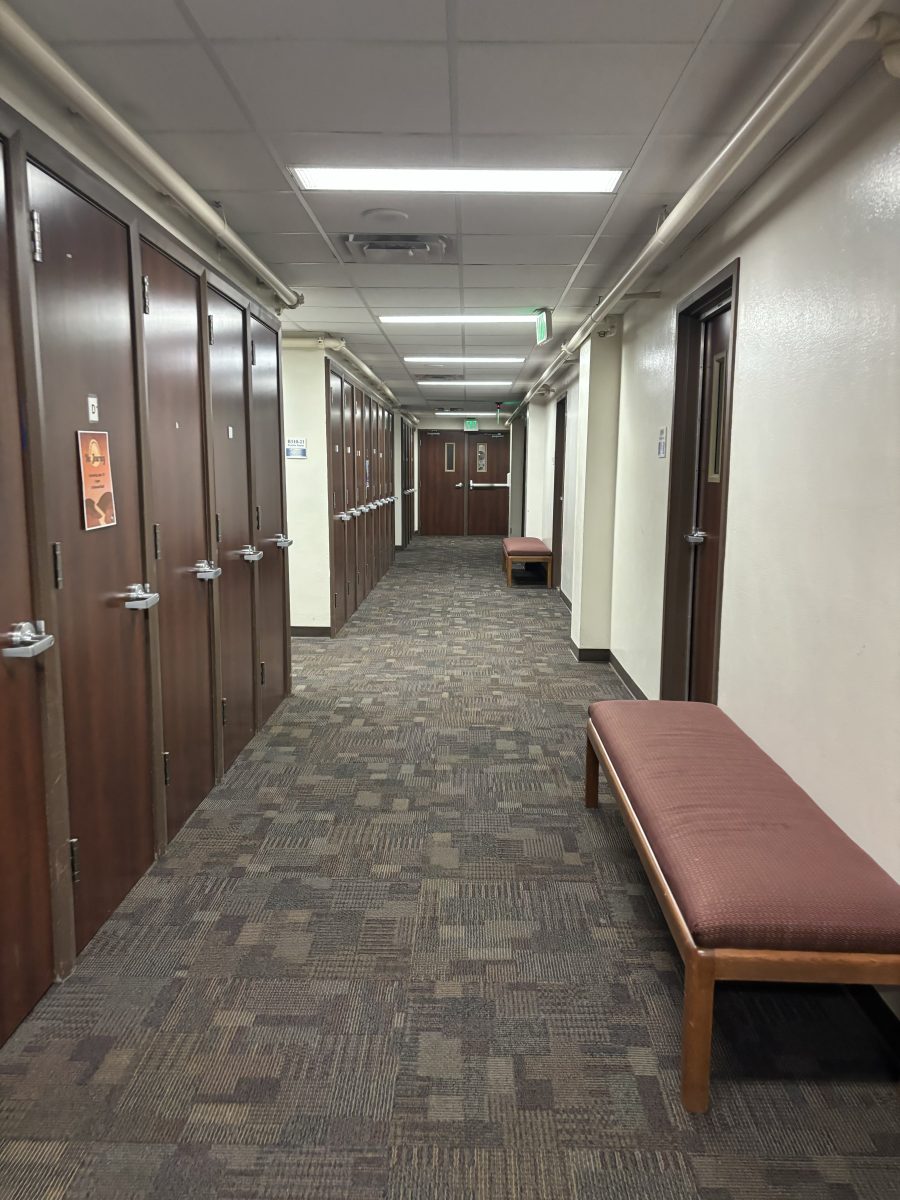Stock markets are down, confidence in business has plummeted, the people in charge are passing the pink slips and universities nationwide are feeling the hurt.
Nationally, universities are expected to report a drop in donations for the first time since 1974 reports The Council for Advancement and Support of Education, which tracks such gifts.
Concurrently, the endowments of many universities are suffering. The exact numbers are not yet clear, but many administrators are predicting declines anywhere from eight to ten percent in the 2001 fiscal year.
So far, the recession has not had a discernable effect on donor contributions at SMU. “Obviously the economy is in a slump, but we haven’t seen any affect at all so far,” said Jeanne Whitman, vice president for development and external affairs. “However, common sense says we will. We can’t tell how much at this point.”
The donor market.
Despite market declines in the 2001 fiscal year, gifts to universities across the country rose 4.3 percent to $24.2 billion. After years of major gains, average endowment is expected to drop this year.
And the losses are expected to get worse in 2002 reports the National Association of College and University Business Officers.
It’s too early to know how these national trends will affect SMU, Whitman said.
“The giving season often follows the academic season, so giving patterns in the summer are always low,” she said. “So far, I don’t know exactly what this will do to our contributions.”
Last year, the university wrapped up one of its largest capital campaigns ever. “The Campaign for SMU” collected over $5 million in pledged donations, which resulted in 80 new endowments for academic programs, 171 new student scholarships and awards, 28 new campus life initiatives, 16 new academic positions and 14 new or renovated facilities such as the Gerald J. Ford Stadium, the Dedman Life Sciences Building and the Meadows Museum.
But will other North Texas universities be so lucky?
TCU put out feelers last year to test the waters for the start of a capital campaign with a goal of $230 million. However, university officials were concerned that they would be unable to meet that goal.”A lot of damage has been done by the [Sept. 11th terrorist] attacks and because of the rather dramatic downturn in the stock market during the last year,” said Bronson Davis, vice chancellor for university advancement at TCU.
However, after interviewing expected top donors on how they felt about the current fundraising climate, TCU found that there was no dramatic drop in confidence.
“It just wasn’t as negative as we thought it might be,” said Nancy Petruso, assistant vice chancellor for University Advancement. “Right now, we’ll need to take stock of where we are and we’ll make a formal announcement after t Stock markets are down, confidence in business has plummeted, the people in charge are passing the pink slips and universities nationwide are feeling the hurt.
Nationally, universities are expected to report a drop in donations for the first time since 1974 reports The Council for Advancement and Support of Education, which tracks such gifts.
Concurrently, the endowments of many universities are suffering. The exact numbers are not yet clear, but many administrators are predicting declines anywhere from eight to ten percent in the 2001 fiscal year.
So far, the recession has not had a discernable effect on donor contributions at SMU. “Obviously the economy is in a slump, but we haven’t seen any affect at all so far,” said Jeanne Whitman, vice president for development and external affairs. “However, common sense says we will. We can’t tell how much at this point.”
The donor market.
Despite market declines in the 2001 fiscal year, gifts to universities across the country rose 4.3 percent to $24.2 billion. After years of major gains, average endowment is expected to drop this year.
And the losses are expected to get worse in 2002 reports the National Association of College and University Business Officers.
It’s too early to know how these national trends will affect SMU, Whitman said.
“The giving season often follows the academic season, so giving patterns in the summer are always low,” she said. “So far, I don’t know exactly what this will do to our contributions.”
Last year, the university wrapped up one of its largest capital campaigns ever. “The Campaign for SMU” collected over $5 million in pledged donations, which resulted in 80 new endowments for academic programs, 171 new student scholarships and awards, 28 new campus life initiatives, 16 new academic positions and 14 new or renovated facilities such as the Gerald J. Ford Stadium, the Dedman Life Sciences Building and the Meadows Museum.
But will other North Texas universities be so lucky?
TCU put out feelers last year to test the waters for the start of a capital campaign with a goal of $230 million. However, university officials were concerned that they would be unable to meet that goal.
he new year.”
The Campaign for SMU
When the Campaign for SMU began in April of 1997 at the highpoint of a healthy economy, few donors could expect the beating it would take over the next few years.
With investments tumbling and the threat of layoff always around the corner, donors may find themselves in a position where they are unable for their pledge.
Rattled tech stocks and a shaky market forced a deferment of a major payment on a gift of $250 million to the University of Colorado. When the gift was announced in Jan. 2001, it was the largest ever pledged to a public university.
During SMU’s capital campaign, donors were asked sign pledge agreements in which they agreed to pay the sum of their pledge over a period of five years. As part of that agreement, they set up payment schedules to pay the balance of their pledge.
If changed economic circumstances forced donors to delay payment on their pledges, Whitman believes that the university could handle the postponement.
“If you construct a building based on a contribution [that is never paid,] then the university is out that money,” she said. “But for most of the contributions which go towards things like scholarships and endowed faculty positions, you’re in the luxurious position of being able to postpone creating the position until the money comes in.”
While some schools require enforced pledges that carry legal repercussions for donors who do not pay their pledge, Whitman says SMU does not.
“Donors to SMU sign the pledge agreement, but that is not a contract,” she said. “People’s lives and circumstances change.”
But no matter what the financial fate of donors, the university is willing to work with them to renegotiate their pledge.
“We make an effort to look after and keep up with our donors and their pledges. We really try to make alumni and donors feel like a part of the SMU community,” Whitman said. “The most important thing is our relationship with the donor.”









